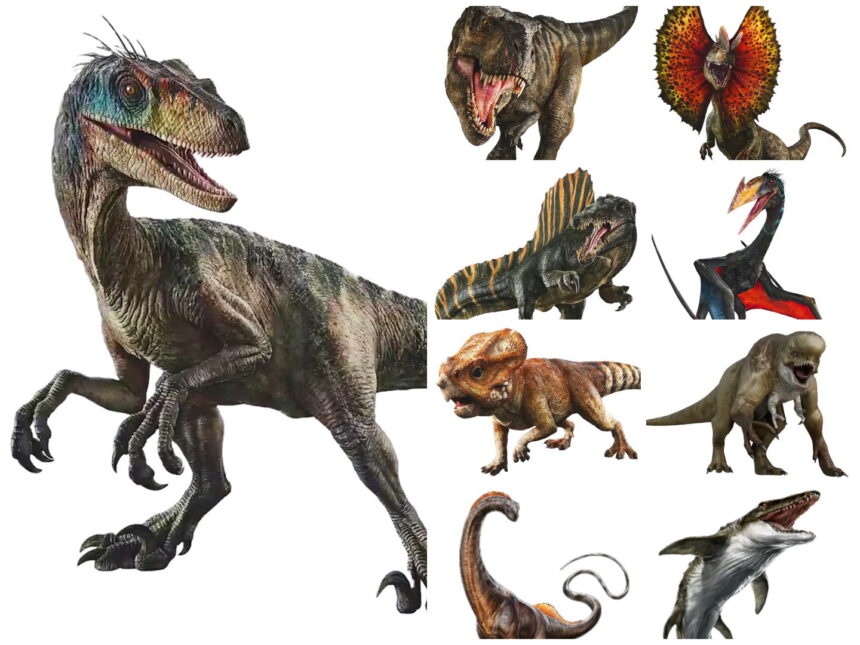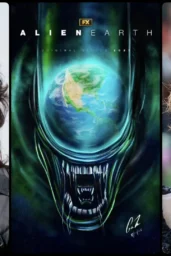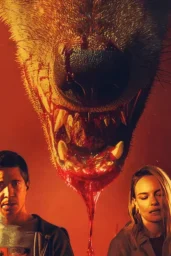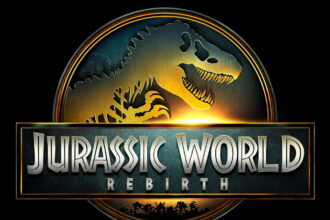Jurassic World Rebirth just revealed all nine of its main dinosaurs in stunning HD. The internet? Losing its collective mind. Because this isn't about nostalgia—this is a full-blown prehistoric orgy of freaks, fan-favorites, and one genetically deranged wildcard. Gareth Edwards and Universal are banking on chaos, and everyone's watching to see if it pays off…or combusts.
Let's line them up. No guesswork, no filler. Just the nine monsters gunning for box office supremacy (and, let's be honest, the protagonists' vital organs):
Tyrannosaurus Rex
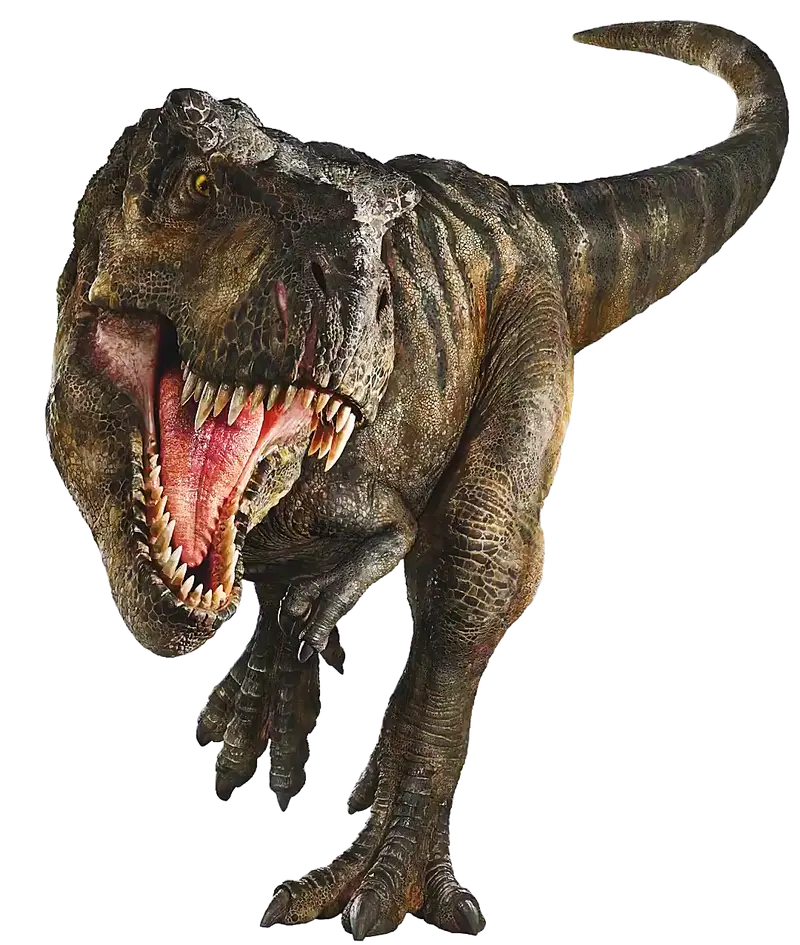
Bulkier, meaner, and newly aquatic. If the old T-Rex was a nightmare, this one is the monster under your bed that just learned how to swim.
Velociraptor
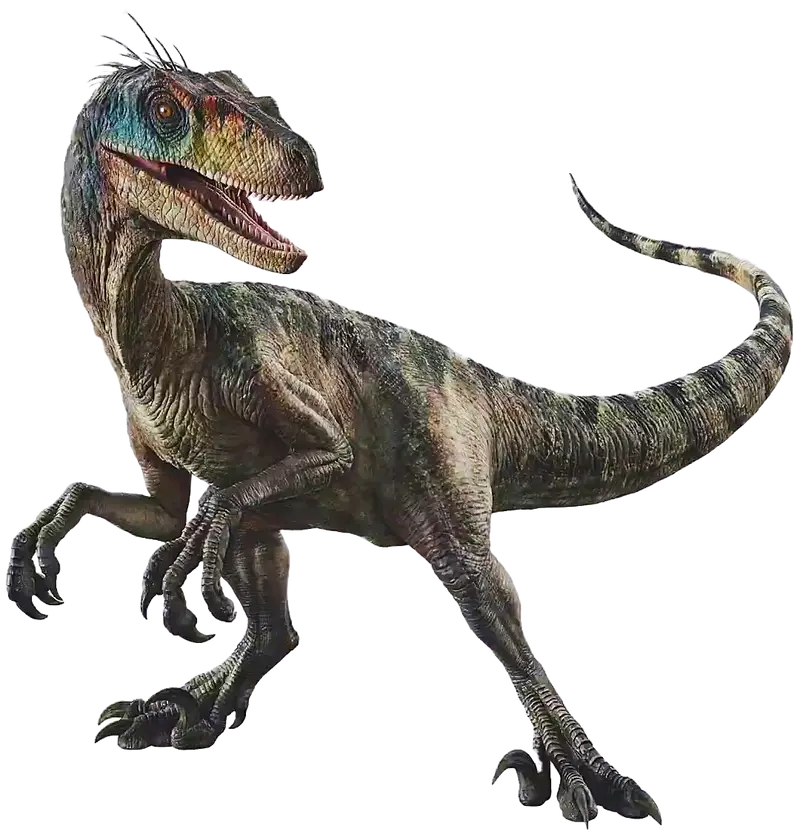
Sporting orange-striped crests from The Lost World, plus JP3-style quills—giving it both old-school menace and a fresh, primal twist.
Dilophosaurus
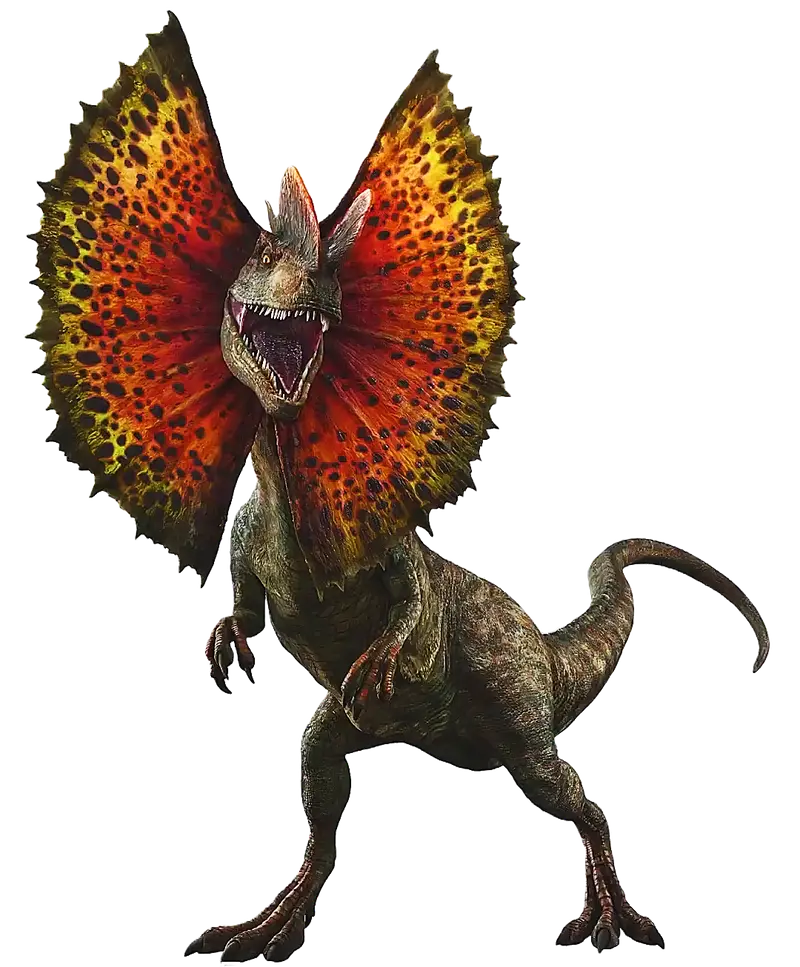
Finally unleashed at its book-accurate size: massive, venom-spitting, and much scarier than its Jurassic Park cameo let on.
Spinosaurus
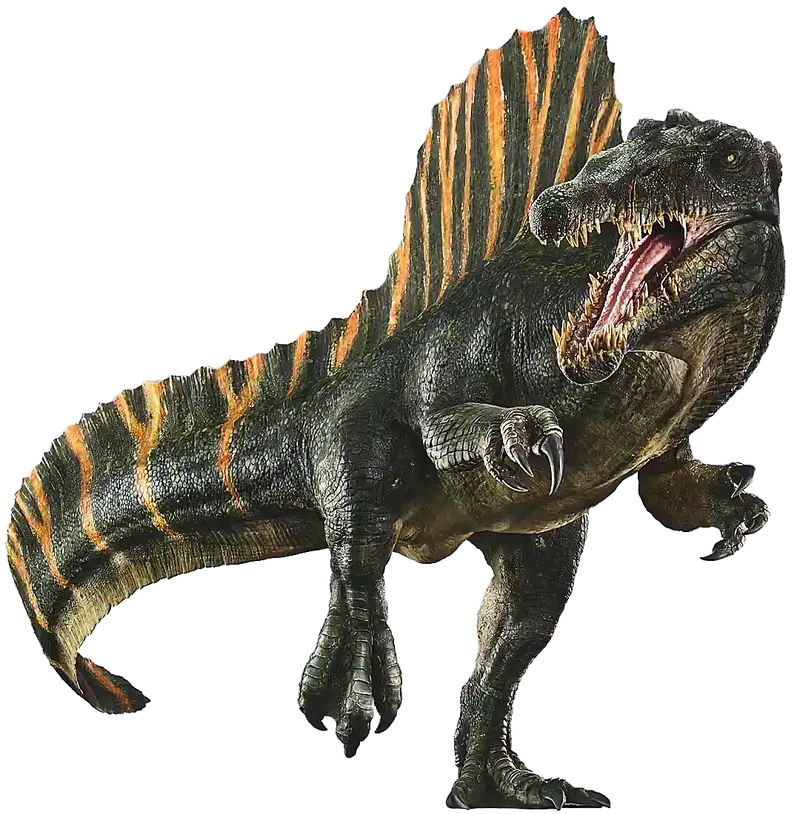
Bigger and darker than the JP3 version, with wild yellow accents and a new reputation as the apex predator you do NOT want to meet in the dark.
Quetzalcoatlus

The air's deadliest creature: wingspan like a fighter jet, orange beak, blue fuzz, and a nest no trespasser leaves alive.
Aquilops
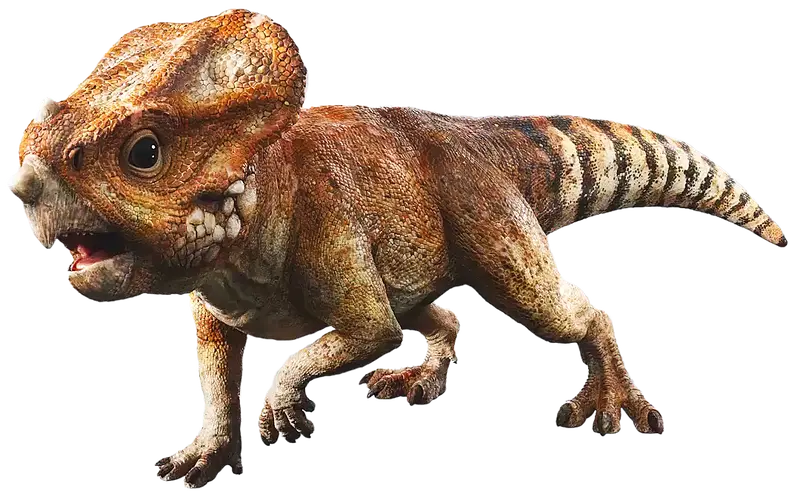
The anti-kaiju: a small, orange-and-black herbivore, adopted as a pet by one of the island's survivors. Yes, really.
Distortus Rex (D-Rex)
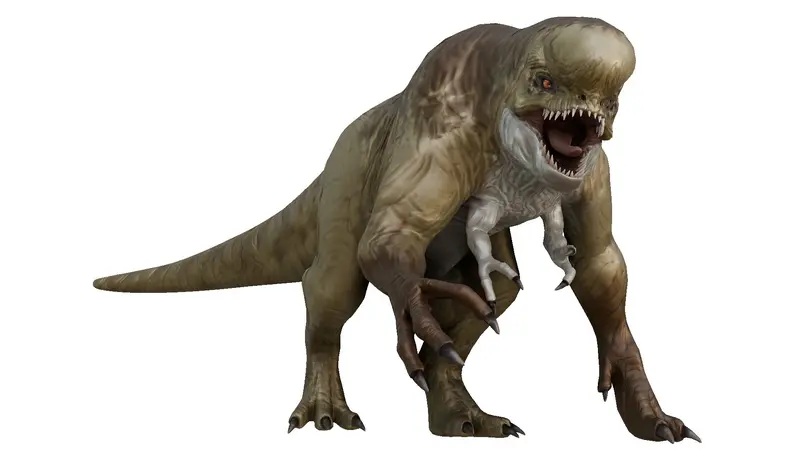
The lab's crowning mistake. Giant, mutant, with strangler arms and a head that would make a Star Wars Rancor blush. Nightmare fuel, no chaser.
Titanosaurus
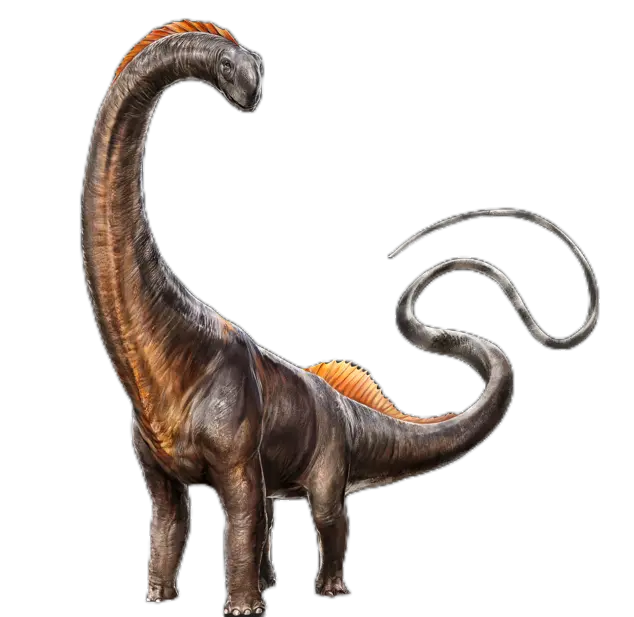
One of the largest herbivores ever, flaunting a bright red spine and a whip-tail built for survival. Think “prehistoric bus with attitude.”
Mosasaurus
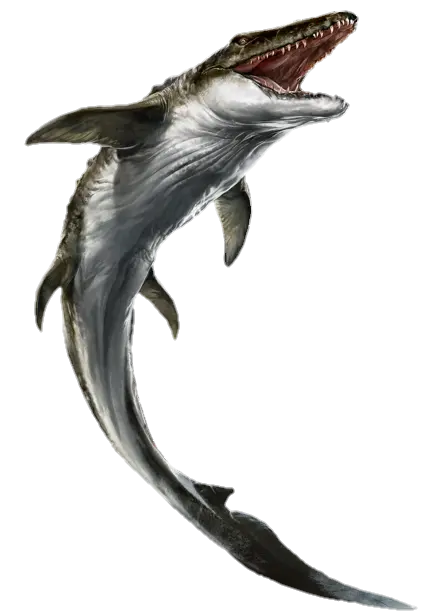
Downsized for Rebirth but still terrifying, with lizard-like skin and sharper teeth—made for those who thought they were safe in the water.
Together, these nine aren't just cameos—they're the engine of Rebirth's new DNA-hunting plot, and things are about to get nasty.
Here's the game-changer: the “big three” (T-Rex, D-Rex, and Mosasaurus) aren't just “big.” They're the goal—Zora Bennett's team has to grab DNA from each realm (land, air, sea) to “cure mankind.” Savage detail: footage confirms that the T-Rex can now swim (let that sink in). And the D-Rex? Its strangler arms are evolutionary trolling. As one prop designer quipped to Collider, “We wanted something that felt like genetic sabotage—the kind of thing only a studio could love.”
My take? This is less Spielberg awe, more Marvel-on-monster-juice. The designs blend classic motifs with new, accurate touches, but don't call it natural history—call it Hollywood's version of a fever dream.
For the real heads: yes, the Velociraptor's new quills (from JP3) suggest it's male—spot for that in the art. The Spinosaurus' look is truer to science, the Dilophosaurus grew to its original book size, and Quetzalcoatlus has actual blue pycnofibers. They even tossed Aquilops in as a pet—a first for the franchise, and probably a soft pitch for toy sales.
According to a 2023 National Geographic report, paleontologists are hyped for the scientific upgrades—even as the story cranks the fiction up to “deranged.” Meanwhile, Universal's social media is roasting the D-Rex for being, and I quote, “what happens when your code goes unchecked.”
Is this genius, or Hollywood finally snapping under IP pressure? Would you fistfight a Spinosaurus for opening-night tickets, or are you already writing your hate-tweet thread?

